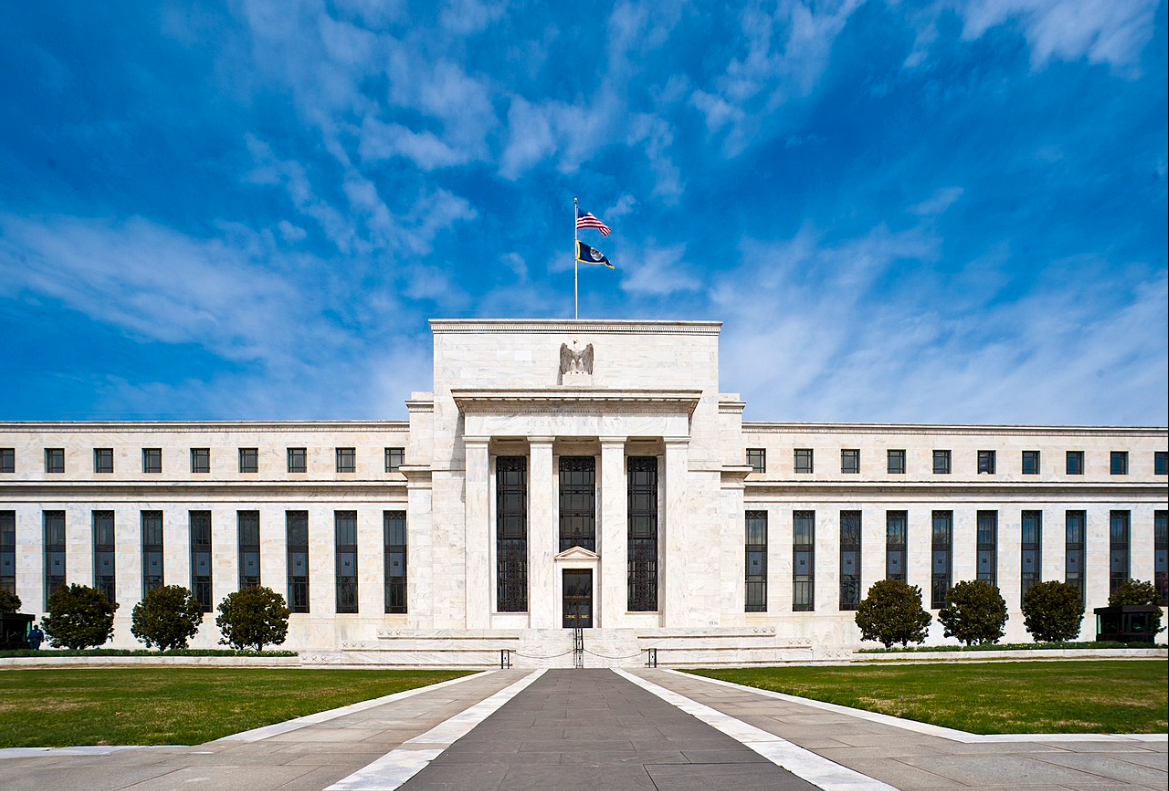Monetary policy and fiscal policy are both tools used by governments to influence the economy, but they differ in their approach and scope.
Photo
Monetary policy refers to actions taken by a central bank (in conjunction with budgets and goals set by Congress) to control the money supply and interest rates in an economy. The central bank, such as the Federal Reserve in the United States, uses monetary policy to achieve macroeconomic goals such as price stability, full employment, and economic growth. Examples of monetary policy tools include open market operations (buying or selling government securities), discount rates (interest rates at which banks borrow from the central bank), and reserve requirements (the amount of money banks must hold in reserve). By adjusting these tools, the central bank can influence the amount of money circulating in the economy, the cost of borrowing, and ultimately, the overall health of the economy.
Fiscal policy, on the other hand, refers to actions taken by a government to influence the economy through changes in government spending and taxation. Fiscal policy can be expansionary, meaning that the government increases spending and lowers taxes to stimulate economic growth, or contractionary, meaning that the government decreases spending and raises taxes to slow down an overheating economy. Examples of fiscal policy tools include government spending on infrastructure projects, tax cuts or increases, and transfer payments such as unemployment benefits.
In summary, monetary policy is controlled by the central bank and influences the economy through changes in interest rates and money supply, while fiscal policy is controlled by the government and influences the economy through changes in government spending and taxation. Both monetary and fiscal policies are important tools for policymakers to manage the economy and achieve macroeconomic goals.
By Brian McKay
Co-founder



